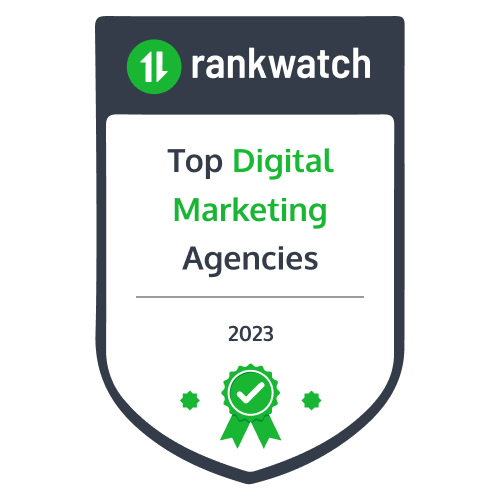Social media
Another way to build your online reputation and encourage customer engagement is via your social media pages. Social media marketing is one of the best ways to increase brand recognition, credibility, and reach. But it’s also a great way to find new customers, as 74 per cent of consumers turn to social media before making a purchase decision. In that way, it’s an extension of Google Reviews.
You can post informative content about the pest control industry or show off your personality with fun, everyday, behind-the-scenes content. Following up with customers who post about your pest control business is vital to build rapport. Keeping an eye on who interacts with your content is also a helpful way to identify your target audience.

branding
A final way to build trust and identity is through cohesive branding. This might include a colour scheme, specific fonts, or a logo. When customers associate your logo and marketing material with your brand, this builds your identity and sets you apart from competitors.

















